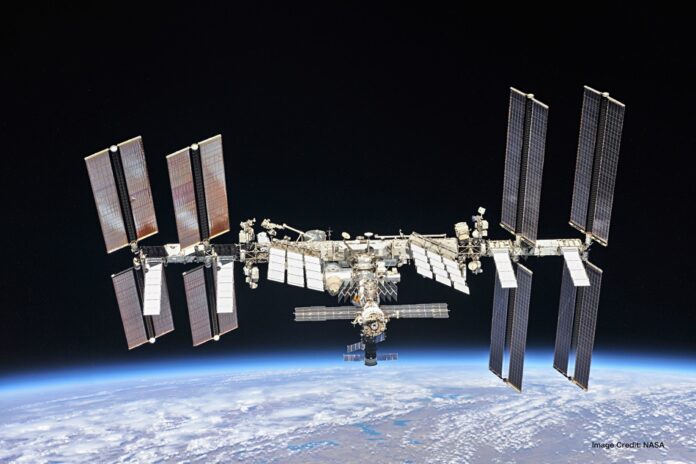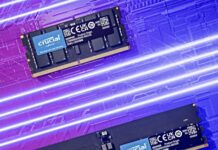Seagate is developing an SSD that can operate in the vacuum of space aboard low Earth orbit satellites, providing mass storage for satellite applications.
It is testing this concept by having its Seagate Federal unit ship an SSD up to the International Space Station (ISS) as part of a BAE Systems Space & Mission Systems payload. This environmental monitoring payload was ferried to the ISS by NASA, where astronauts installed it.
The payload included a processor and real-time Linux plus containerized applications, and Microsoft Azure Space was involved in this aspect of the mission. Microsoft is developing an Orbital Space SDK and views satellites as a remote sensing and satellite communications edge computing location. Naturally, such a system needs mass storage.
The mission is scheduled to last for one year. At that point, the payload will be uninstalled and returned to Earth. BAE Systems engineers and scientists will analyze it to assess its impact from the space environment. Seagate’s engineers will check the SSD and its telemetry to see how well it withstood the rigors of space.
Unlike the space environment outside the ISS, the interior has atmospheric pressure, temperature control, and insulation from solar radiation. The SSD must operate while withstanding stronger solar radiation, extreme cold, and the vacuum of space.
Last year, HPE servers equipped with Kioxia SSDs were used on the ISS as part of NASA and HPE’s Spaceborne Computer-2 (SBC-2) program. We asked if this BAE program is doing pretty much the same thing as far as the storage drive is concerned.
Seagate said: “The main difference here is that we are being used outside the ISS, rather than inside it. The interior of the ISS is scientifically engineered to be a pristine environment, as it needs to protect its human inhabitants. It has a lot of shielding and air conditioning, which actually makes it a more desirable location than most places on Earth. We’re working to design technology that can survive without these advantages and function under higher levels of radiation, where there is no monitored climate or temperature, and in the vacuum of space – outside, in low Earth orbit (LEO).”
Seagate told us this task was undertaken to determine if technology could enhance LEO data storage capabilities. If successful, it could aid in extending content delivery networks (CDNs) for new AI-powered workflows. Satellites already provide the last mile connection to areas without fiber and cell connectivity, and with storage as part of the equation, AI inferencing could then occur in more places.
The SSD’s design “was based around Seagate SSD technology … however, our design is a 3U-VPX form factor, completely different than typical SSDs.” The form factor comes from the avionics world and has a size of 100 x 160 mm. VPX is used to specify how computer components connect across a VME bus and has been defined by the VMEbus International Trade Association (VITA) working group.
A 4 TB SSD is being used. We’re told: “For most of the mission the drive is being used as a general-purpose storage device to store mission data. Seagate SSD drives support FIPS140-2 data encryption, but that was not used in this mission. In addition to general-purpose storage, we ran special stress tests on the drive during parts of the mission and collected telemetry. Those tests revealed that many SSDs are susceptible to certain levels of radiation, and many are corrupted at the same exposure level. So, we did a lot of ‘failure testing’ to reverse engineer ways to make them more resistant and robust. On top of radiation soft errors under stress, we were also interested in measuring temperature and current.”
We wondered what this could mean for consumers and enterprises in the future. A Seagate spokesperson said: ”We intend to make this storage device available for purchase to both commercial and military aerospace customers. Right now, the market consists of off-the-shelf drives as a low-cost option, which, as you would expect, have a handful of faults for these applications. However, the opposite end is expensive military-grade hardware. We’re aiming to bridge the gap between the two and make the technology more accessible to consumers and enterprises. We are also looking whether this sort of ruggedized solution might be useful for terrestrial applications.”








